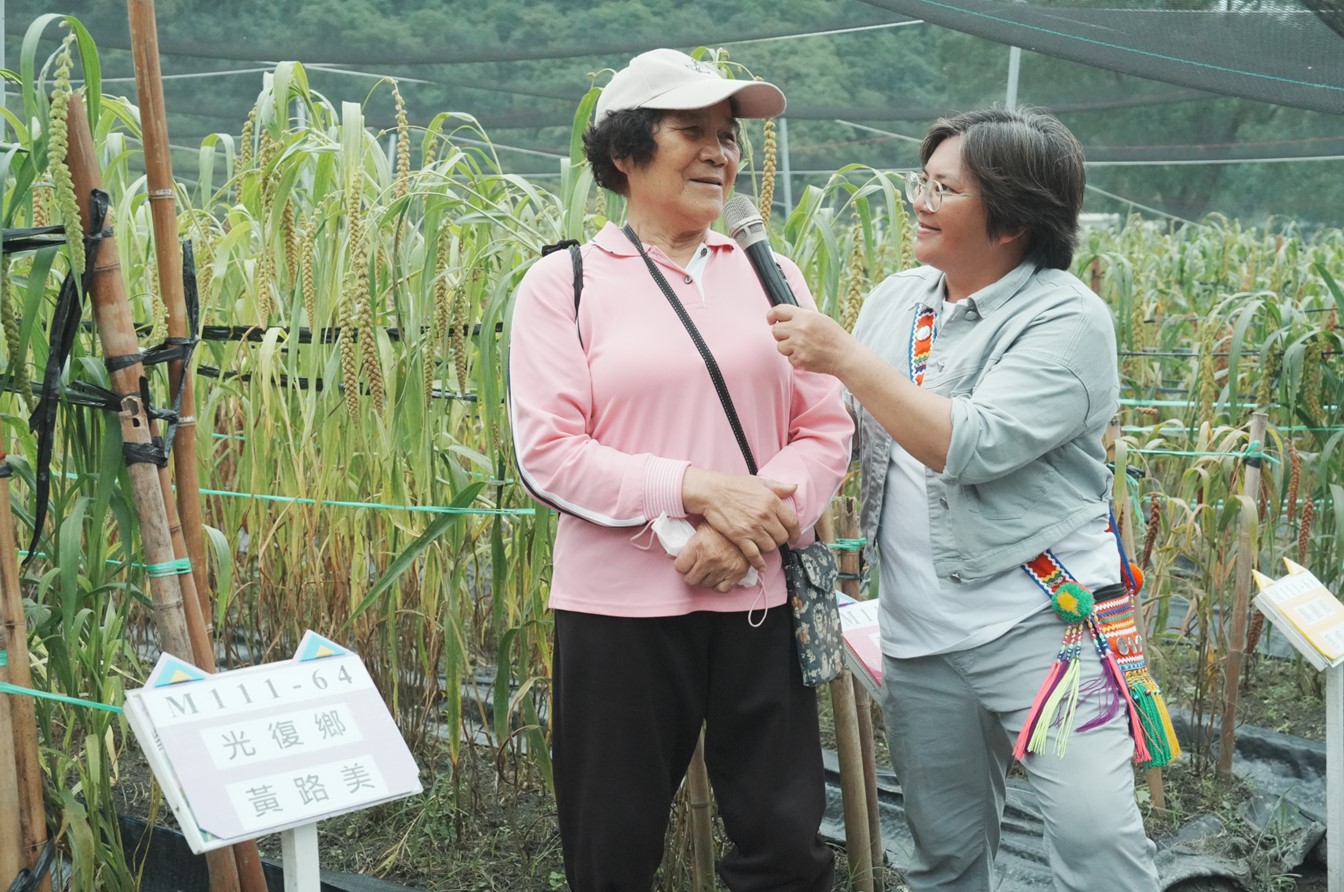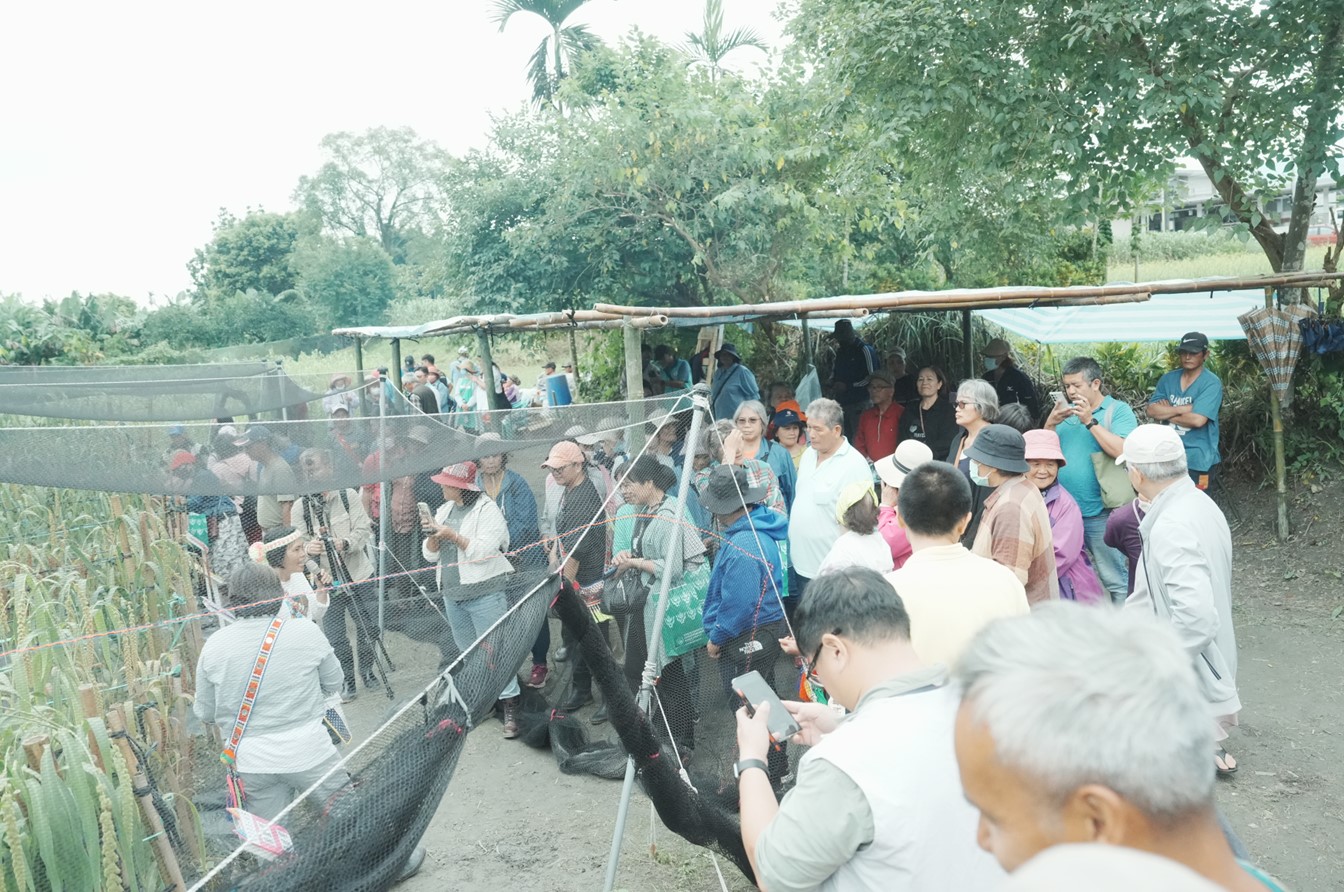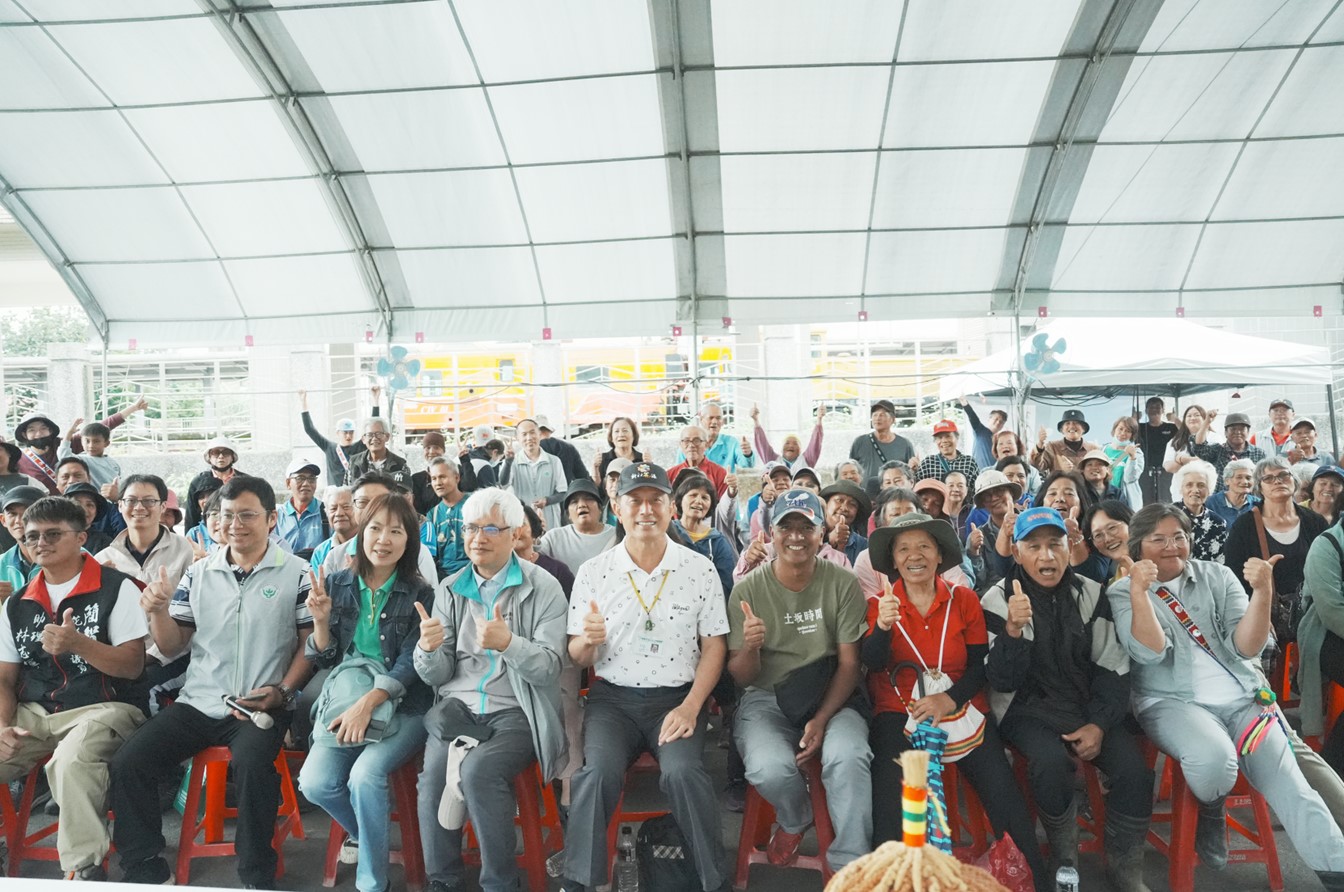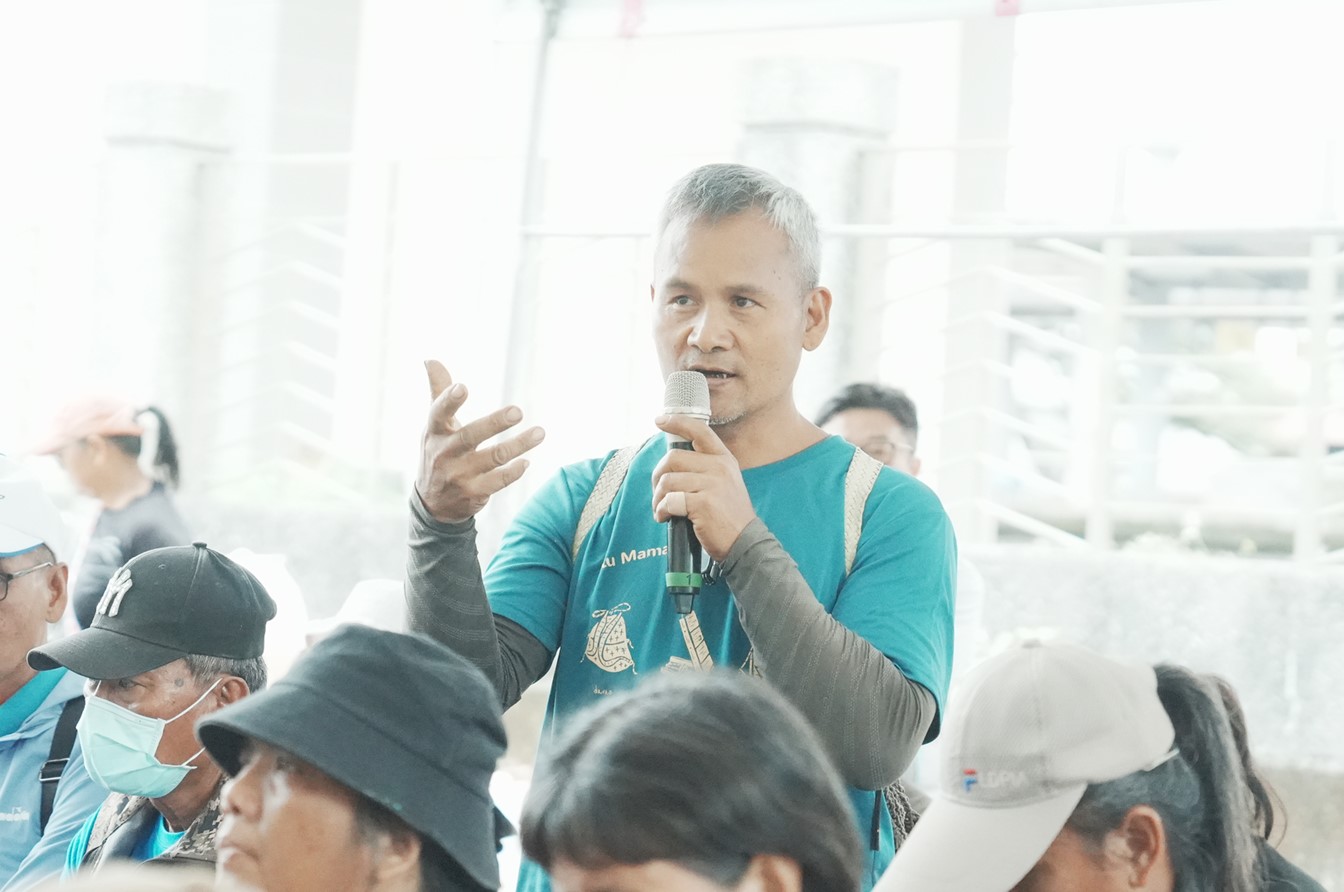Species in the natural world are disappearing at an alarming rate of 50,000 per year, signaling a severe imbalance in the food chain that humans depend on for survival. Along with this loss, precious cultural assets such as traditional food cultures are also at risk of vanishing. In 1983, Taiwan invested NT$400 million in establishing/to establish the National Plant Genetic Resources Center. Starting in 2012, the Tse-Xin Foundation began planning seed preservation and farmland restoration, seeking guidance from experts and scholars in the hope of saving the gradually disappearing seed sources. Since 2015, Tze-Xin has been deeply involved in the Hualien and Taitung regions, accompanying local farmers while promoting the preservation and revival of millet—a sacred crop representing Taiwan’s Indigenous food culture and rituals.


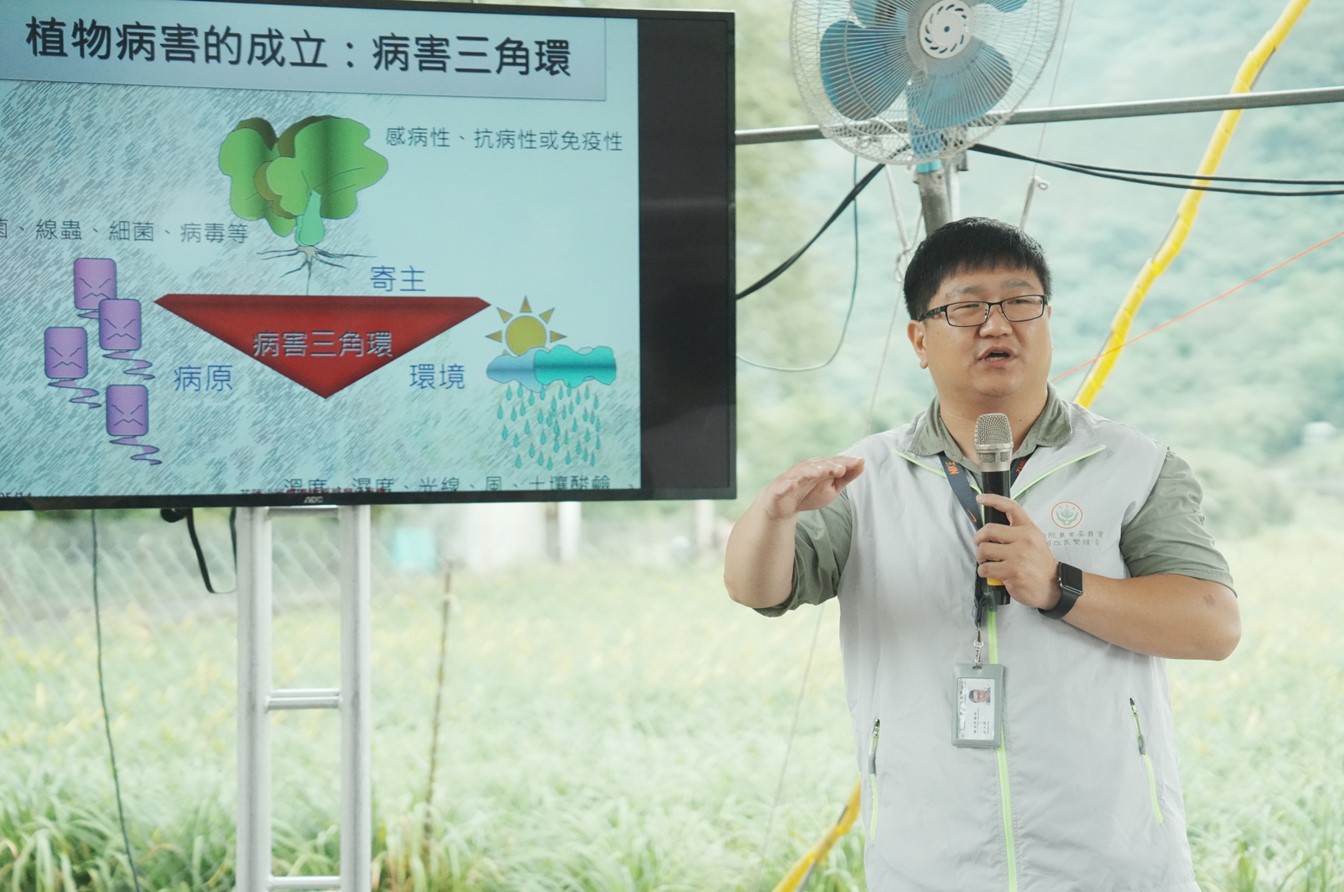
Millet was once a cherished staple food for Taiwan’s Indigenous peoples. However, as times have changed, fewer and fewer people cultivate millet, leading to the risk of its seed varieties disappearing. From 2021 to 2023, Tze-Xin gradually sent millet varieties provided by Indigenous communities to the Seed Improvement and Propagation Station for technical cultivation. In February, 2024, the Taichung Seed Improvement and Propagation Station transported eight successfully propagated millet varieties from Hualien to the Mapolong Farm, a millet demonstration field in Fata'an, Hualien, for planting. Three months later, thanks to the farmers’ dedicated efforts, the millet flourished and thrived on their own land, living up to their expectations. In recognition of this achievement, the Tze-Xin foundation, in cooperation with the relevant agricultural authorities, formally held the “Hualien Millet Economic Crop Seed Sharing and Observation Event” on May 14. On that day, 70 farmers from 12 indigenous communities across Hualien and Taitung gathered at the demonstration field to witness and celebrate the successful return of healthy, revitalized seeds, which has been restored at the Seed Improvement and Propagation Station, thriving once again on their ancestral land. Experts were also present to share practical tips on managing pests and diseases, helping farmers feel more confident about growing millet.
Thanks to the efforts of the indigenous community, the millet—restored from the Seed Improvement and Propagation Station—grew successfully in the demonstration field and yielded an abundant harvest. Speaking about the challenges of reviving millet cultivation, Ko Chung-chi said, “Throughout the restoration process, we faced various challenges, including abnormal weather, pests, weeds, and wild animals. The amount of funding and manpower we invested is beyond what most people can imagine—it was truly exhausting.” As for how the indigenous communities can rely on millet for survival and turn it into an industry, Ko Chung-chi is already prepared for the long marathon ahead. She said, “The road may be rough and challenging, but I’m certain this is the right direction! With like-minded partners running alongside me, we can go even further together!”
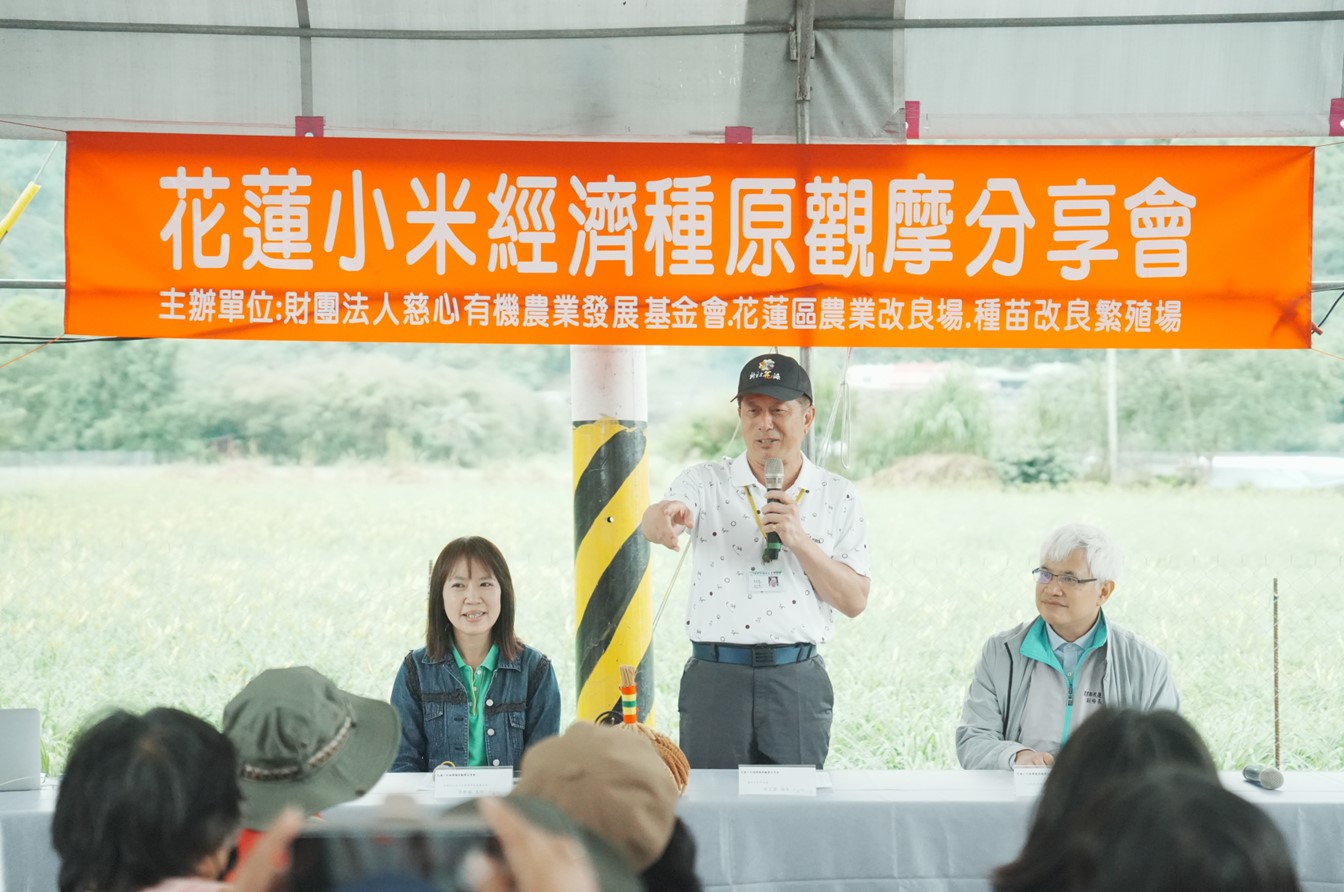
The team members of the Tse-Xin Foundation have been supporting the farmers every step of the way. Seeing the millet gradually yield results through the collaboration between industry, government, and academia, they feel deeply touched. They hope to share the concept and outcomes of crop preservation, ensuring that the unique and precious varieties left by the indigenous ancestors are passed down through generations. At the same time, they aim to see millet culture continue, thereby injecting more strength into the millet industry and allowing more people to recognize the value and significance of millet in indigenous culture and seed preservation.
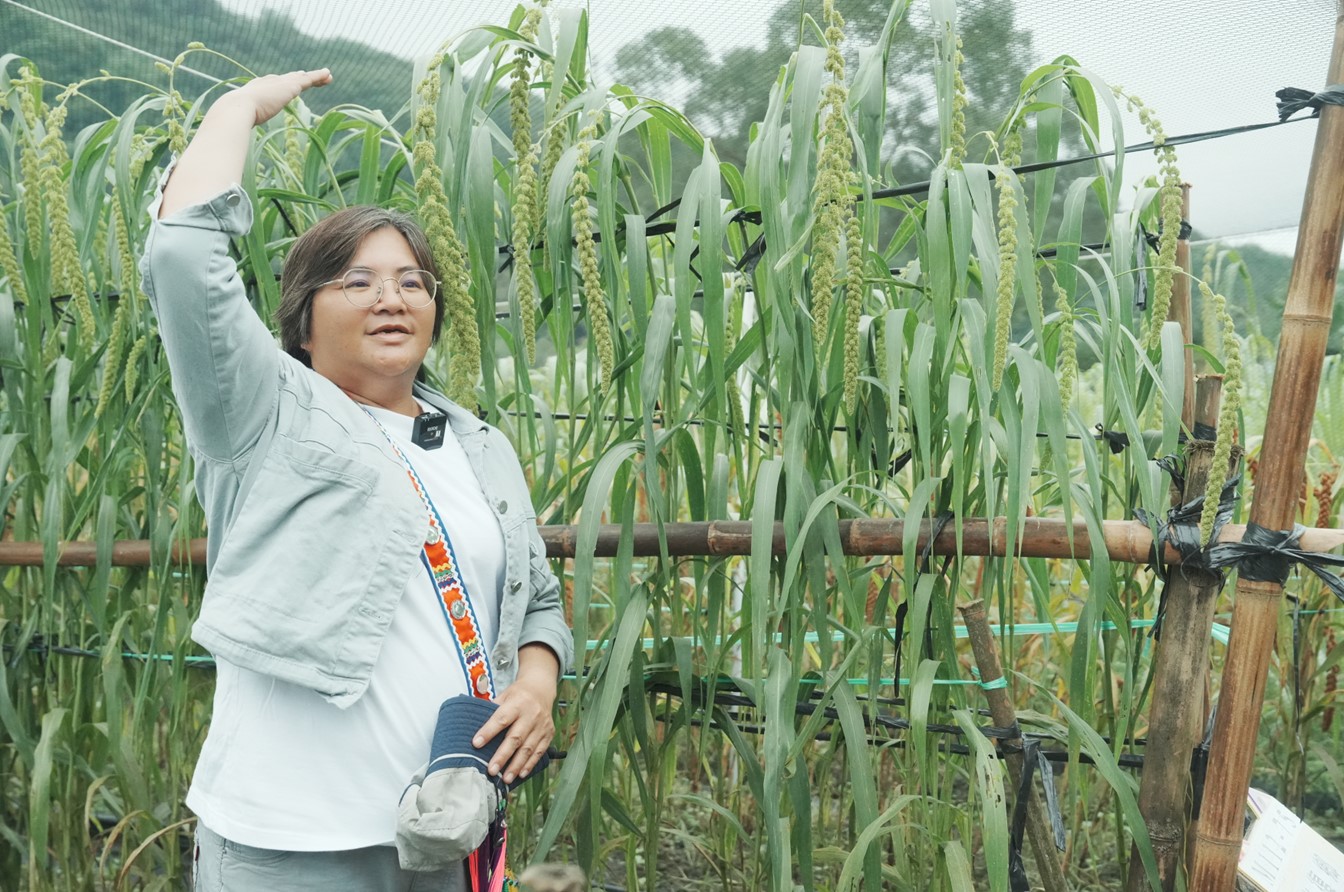
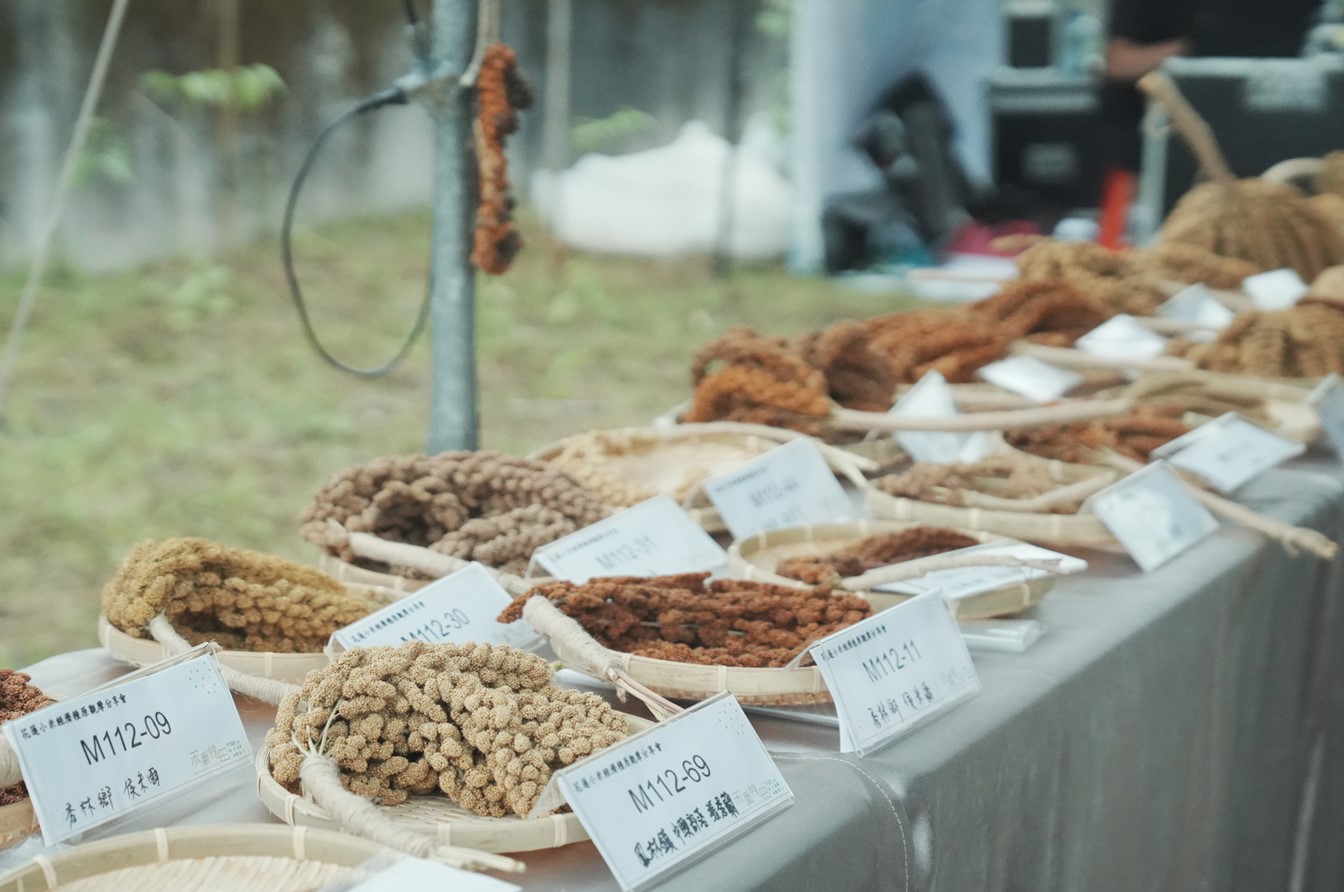

 2025 / 03 / 28
2025 / 03 / 28 
